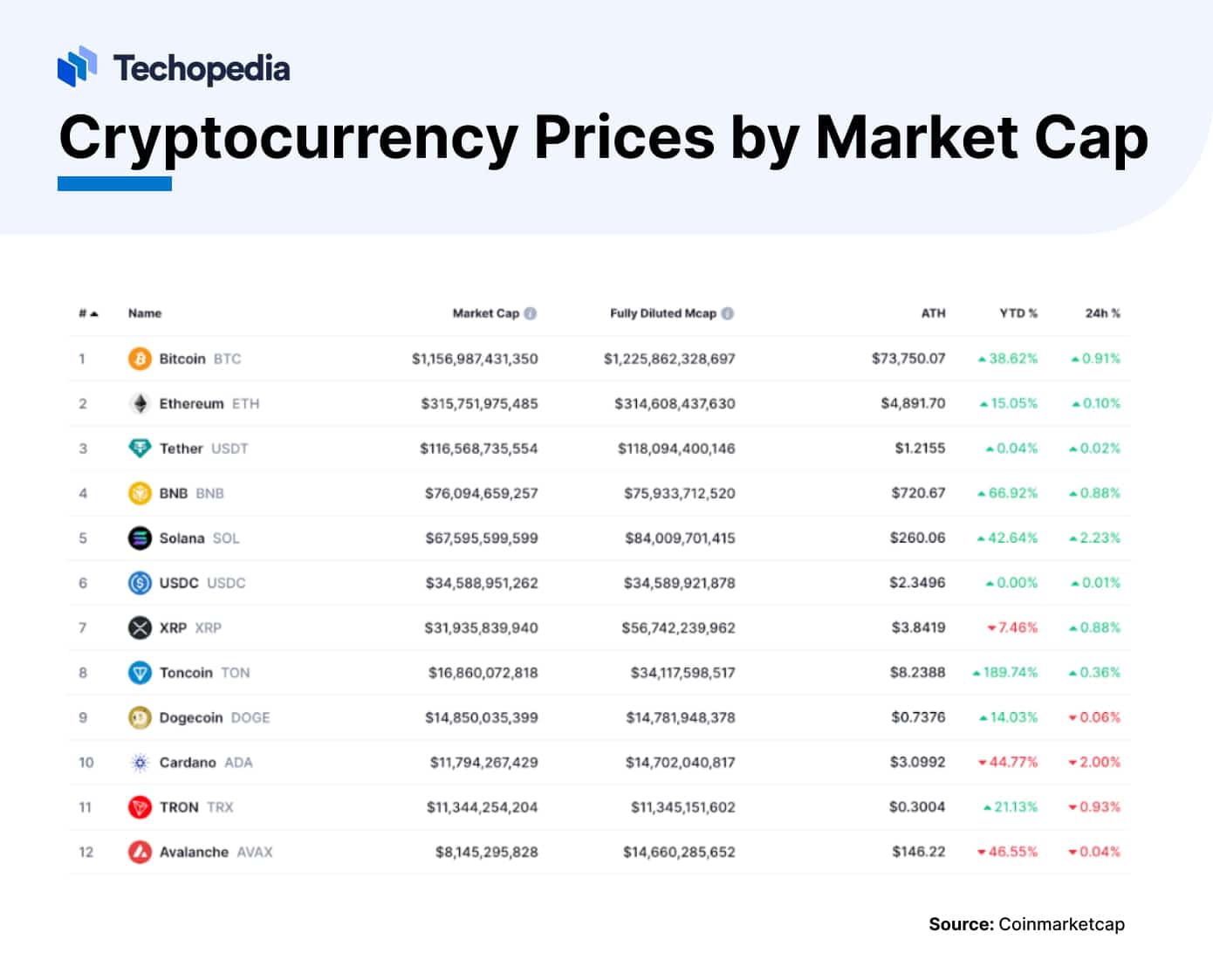Best cryptocurrency to buy now april 2025
In April 2025, the cryptocurrency market is witnessing a range of trends that are reshaping investor strategies. Decentralized Finance (DeFi) continues to grow, with more investors participating in lending, trading, and yield farming activities fu nan fu nu slot machine. The rise of stablecoins, digital assets pegged to traditional currencies, is providing lower volatility investment options. Meanwhile, Non-Fungible Tokens (NFTs) maintain their popularity, driven by art, music, and gaming sectors’ adoption. Blockchain’s integration with Artificial Intelligence (AI) also is providing new use cases and efficiencies, offering promising technological advancements. These shifts highlight the market’s adaptability and the growing acceptance of blockchain technology beyond traditional finance.
The common narrative is that cryptocurrency ownership skews young. And that’s largely true. About half of Millennials and Gen Z respondents globally said they either currently own crypto or have in the past, at 52% and 48%, respectively. That’s significantly higher than the general global population, at 35%.
The March Fed FOMC statement indicated that the Federal Reserve will begin slowing the pace of balance sheet reduction on April 1. The Fed will reduce the cap on Treasury securities redemptions from $25 billion/month to $5 billion/month, while maintaining the cap on MBS redemptions at $35 billion/month.
Cryptocurrency market outlook april 2025
The impact of the April 2 tariff policy on the crypto world depends on the triangular game of inflation-liquidity-market sentiment. Short-term markets may show intense fluctuations, but medium to long-term trends need to observe whether the US economy falls into stagflation and the policy coordination of global central banks. Investors need to adjust strategies flexibly and grasp structural opportunities amid uncertainty.
In summary, April 2025 is a pivotal month for the cryptocurrency market, teeming with innovation and regulatory progress. With shifts in market dynamics, the rise of key technological advancements, and the adoption of enhanced security measures, the industry is poised for growth. Despite inherent volatility, cryptocurrency continues to attract institutional and individual investors seeking diverse financial opportunities. By harnessing blockchain’s potential, future trends suggest an evolving digital economy, deeply intertwined with technological innovation. As the year progresses, cryptocurrencies’ impact on global finance will undoubtedly offer both lessons and lucrative prospects.
There will be at least ten stablecoin launches backed by TradFi partnerships. From 2021 to 2024, stablecoins have experienced rapid growth, with the number of projects now reaching 202, including several with strong ties to traditional finance (TradFi). Beyond the number of stablecoins launched, their transaction volume growth has outpaced that of major payment networks like ACH (~1%) and Visa (~7%). In 2024, stablecoins are increasingly interwoven into the global financial system. For example, the U.S.-licensed FV Bank now supports direct stablecoin deposits, and Japan’s three largest banks, through Project Pax, are collaborating with SWIFT to enable faster and more cost-effective cross-border money movements. Payment platforms are also building stablecoin infrastructures. PayPal, for instance, launched its own stablecoin, PYUSD, on the Solana blockchain, while Stripe acquired Bridge to support stablecoins natively. Additionally, asset managers such as VanEck and BlackRock are collaborating with stablecoin projects to establish a foothold in this sector. Looking ahead, with growing regulatory clarity, TradFi players are expected to integrate stablecoins into their operations to stay ahead of the trend, with first movers poised to gain an edge by building the foundational infrastructure for future business development. -Jianing Wu
Bitcoin DeFi, recognized as the total amount of BTC locked in DeFi smart contracts and deposited in staking protocols, will almost double in 2025. As of December 2024, over $11bn of wrapped versions of BTC are locked in DeFi smart contracts. Notably, over 70% of this locked BTC is used as collateral on lending protocols. Through Bitcoins largest staking protocol, Babylon, there is approximately $4.2bn in additional deposits. The Bitcoin DeFi market, currently valued at $15.4 billion, is expected to expand significantly in 2025 across multiple vectors including existing DeFi protocols on Ethereum L1/L2s, new DeFi protocols on Bitcoin L2s, and staking layers like Babylon. A doubling of the current market size would likely be driven by several key growth factors: a 150% year-over-year increase in cbBTC supply, a 30% rise in WBTC supply, Babylon reaching $8bn in TVL, and new Bitcoin L2s achieving $4 billion in DeFi TVL. -Gabe Parker
President Trump’s policies are making an impact. Nearly a quarter (23%) of non-crypto owners in the US said the launch of a Strategic Bitcoin Reserve increases their confidence in the value of cryptocurrency.

Cryptocurrency market trends march 2025
Broader market trends may heavily influence the price performance of NEAR. First and foremost, institutional adoption will be pivotal in driving demand for NEAR. This interest from institutions is a pre-requisite for NEAR to move to our higher target, but also potentially exceed it and move well beyond $7 in 2025.
As we begin 2025, the memecoin craze shows no signs of slowing down. Fueled by the emergence of politically-endorsed coins – such as $Melania, $Trump, and $LIBRA – these once joke tokens are gaining ground in growth. New memecoins are constantly emerging, often riding waves of viral popularity. Memecoins are introducing a new generation of cryptocurrencies and expanding the market beyond traditional investors.
On March 18, 2025, the cryptocurrency market showed mixed signals. Strategy (STR) displayed a bullish double bottom formation on its price chart suggesting a potential rally with a target price of $410 if it surpasses the resistance at $320.94. This pattern indicates a possible exhaustion of the downtrend, contrasting sharply with Bitcoin’s bearish double top formation.
After pledging to support digital assets during his campaign, President Trump has established a Strategic Bitcoin Reserve, reshaped the SEC with a pro-innovation approach to crypto regulation, and more.